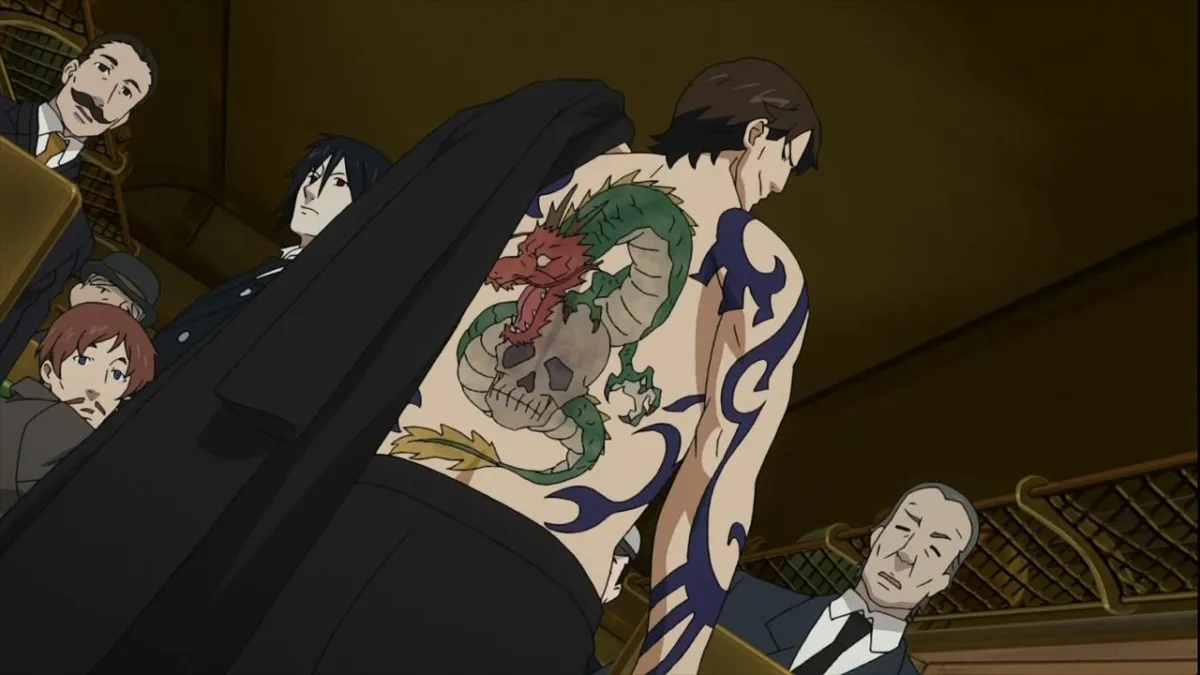Ask John: Why are there so few Anime About Yakuza and Burakumin?
Question:
Do you know why there are so few serious anime that focuses on the Yakuza and Burakumin?
Answer:
As a foreign observer, I can only speculate, so guess I shall. Although never as common in anime as within Japanese live-action, yakuza have appeared prominently, albeit occasionally, in anime since the early 80s. Even in recent years yakuza have been prominent in the Kumichou Musume to Sewagakari, Saezuru Tori wa Habatakanai, Chuukan Kanriroku Tonegawa, and Hinamatsuri anime. Although not so prominent, yakuza also are a primary theme in the Gokushufudou & Gokudolls anime. And yakuza will play a prominent role in next year’s My Home Hero anime series. The primary reason for the limited appearance of yakuza within anime may be attributed to the nature of anime itself. To a large degree, anime is intended for children. Organized crime is a relatively mature concept. Particularly the modern yakuza theme lends itself to hardboiled crime drama and thrillers, but such genres are a minority in anime. Programs targeted at children and adolescent viewers skew toward using action, adventure, comedy, sports, hobby, horror, and romance genres that are more appealing to younger viewers.
A similar reasoning applies to the absence of “burakumin” within anime, but the omission of Japan’s “untouchables” in pop-culture media is likely a bit more complicated. Traditionally, dating back to the feudal era, Japan’s burakumin have been primarily those associated with “unclean” professions including slaughtering and butchering animals, and handling human corpses. However, during the past thirty or forty years a greater degree of burakumin stigma seems to have been directed toward lower economic class ethnic Koreans residing in Japan, in other words, immigrants and native Japanese of Korean descent. Since 98% of permanent residents in Japan are ethnically Japanese, Japanese citizens or residents who are not “full-blooded” Japanese are relatively scarce. So their small minority status leaves them nearly irrelevant and insignificant in the scope of Japanese pop-culture subject matter. Moreover, since anime is primarily targeted at young Japanese viewers, anime tends to revolve around young Japanese characters.
Moreover, burakumin is one of Japanese culture’s dirty little secrets. Ethnic discrimination has existed in Japan for centuries, hence the existence of the potentially pejorative term “gaijin,” but the discrimination is particularly virulently when directed toward Japan’s ethnic Koreans. Japan’s discrimination against the burakumin caste seems to be a persistent cultural racism that most Japanese people don’t want to talk about. Racial discrimination is a subject that average Japanese people have little reason to be concerned with and thus consider distasteful to discuss. In anime intended for adolescent and children viewers, fear of foreigners is far more often depicted as a social anxiety based on differences in language or, as in the 2022 C-Danchi anime series, a provincal and antiquated discrimination rather than something that’s contemporary and still present in mainstream Japanese society. The only anime that I can recollect which vaguely implies a reference to burakumin is 1998’s Gasaraki in which an elderly politician expresses an abject hatred for immigrants and lower-class non-contributing citizens. The 2015 Sakurako-san no Ashimoto ni wa Shitai ga Umatteiru anime revolves around an osteologist. But the co-protagonist’s expertise with bones is treated within the show more as creepy and morbid than a reason for discrimination.
However, discrimination against the burakumin class is also a cultural and ethnic trend that’s been steadily diminishing in Japan over recent decades. Because this discrimination isn’t frequently discussed or considered, it’s gradually fading out of existence and is sustained today primarily by only small, fringe minorities of Japanese extremists.


